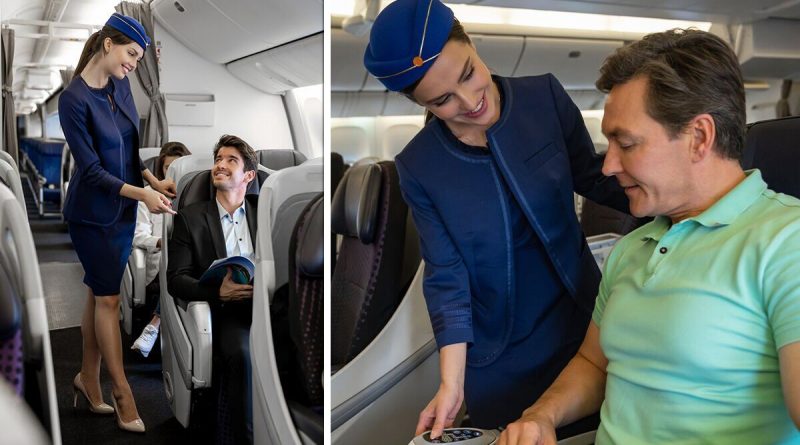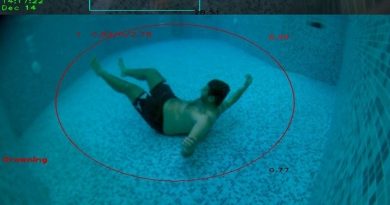Britons should ‘board plane last’ if they want best seats – ‘you’ll have more leg room’
We use your sign-up to provide content in ways you’ve consented to and to improve our understanding of you. This may include adverts from us and 3rd parties based on our understanding. You can unsubscribe at any time. More info
The CEO and sleep expert at MattressNextDay, Martin Seeley, shared his top tips for successfully sleeping on the plane.
Martin revealed the best seat to sleep on a plane is located by the overwing exits and advised passengers to always “pick a seat in the same row as the wing” whenever they can.
He explained: “Not only is this likely to be the quietest area but as the wing is usually where the emergency exit is based, you’ll have more leg room.”
The expert also urged travellers to “avoid the toilets as that’s where people tend to chat”.
Alternatively, the best seat on the plane could be a row with multiple empty seats where passengers have more space available, and Martin revealed a clever hack to “bag two-to-three seats”.
Martin explained: “If you’ve missed out on a wing seat, don’t fret. Another hack for getting a good seat for sleep is to hold back in the airport gate until everyone has boarded and board last.
“If you’re the last one to board, you can see where the empty seats are and pick a seat that has two or three empty seats – allowing you to spread out.”
The expert shared a few ways passengers can get a good sleep even if they don’t have one of the best seats.
According to the expert, heading to the airport extra early to catch a walk in before you board will help have a better sleep on board.
The expert said: “Whilst the recent flight delays should encourage you to head to the airport early, there’s another reason you should arrive there.
“Studies show that completing 30 minutes of moderate aerobic activity can lead to a boost in your sleep quality, so you should spend some time walking through duty-free before you get on board.”
Martin recommended changing the clocks as soon as you’re sat on the plane and setting it to the time at the destination.
He also advised to act according to the time and “if you’re flying in the afternoon but it’s nighttime where you’re heading, you should try to fall asleep”.
For those who struggle to fall asleep on a plane, Martin recommended listening to white noise music as it “significantly improves sleep for people who experience difficulty due to high levels of environmental noise”.
Other items passengers can bring on board to help them sleep include noise-cancelling headphones, earplugs and eye masks, which he said are “essentials”.
“You should also bring a travel pillow. The best are those that are made of soft memory foam and that surround your neck, giving you extra support whilst you sleep upright.
“However, if you are limited by a lack of space, you can bring a large scarf that can be rolled around your neck for support or used as a blanket if the flight gets chilly,” he added.
Finally, the experts stressed the importance of switching alcohol for water if you plan on sleeping on the plane.
Martin explained: “While it may make it easier for you to drift off, alcohol actually disrupts your sleep and lowers the quality – making you more tired in the morning.
“The air on planes is notoriously dry, which can lead to scratchy throats, dehydration, eye irritation, and other conditions that can also make it hard to fall asleep.
“Therefore, drinking water before and throughout your flight will not only alleviate these problems but make it easier for you to fall asleep.”
Source: Read Full Article





